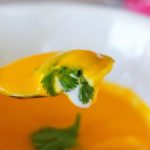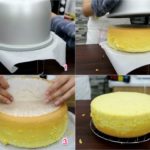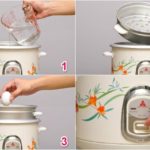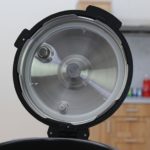Porridge is a familiar and nutritious dish in every Vietnamese household. However, with the variety of cookware available today, choosing the right tool to cook delicious porridge and retain its nutrients can be a challenge. Join us in comparing the pros and cons of three popular porridge-cooking methods: rice cooker, pressure cooker, and slow cooker, to help you make the best choice for your needs.
1 Cooking Porridge in a Rice Cooker
is a simple and convenient method and is the most popular choice today.
Advantages of Cooking Porridge in a Rice Cooker
-
Convenient and Easy to Use: Cooking porridge in a rice cooker doesn’t require complicated techniques; you can make a delicious pot of porridge with just a few simple steps.
-
Time-Saving: Rice cookers have a timer function, saving you cooking time, especially suitable for busy individuals.
-
Evenly Cooked and Soft Porridge: Rice cookers distribute heat evenly, ensuring the rice grains are evenly cooked, soft, and not mushy.
-
Easy to Clean: Rice cookers usually have non-stick inner pots, making them easy to clean after use.
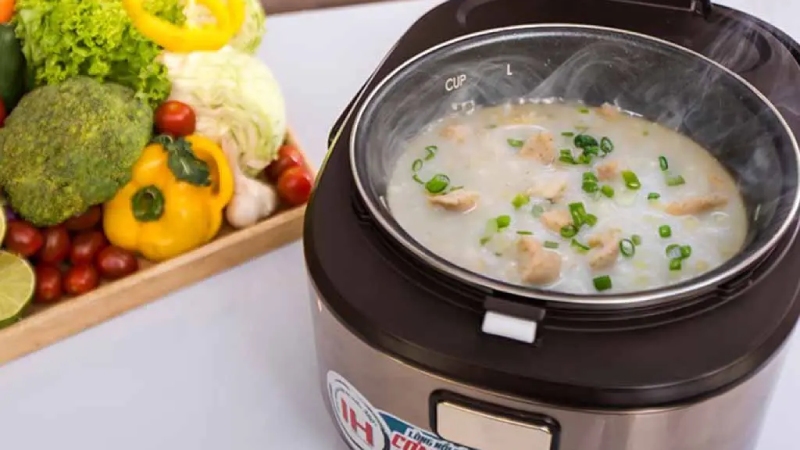 Advantages of Cooking Porridge in a Rice Cooker
Advantages of Cooking Porridge in a Rice Cooker
Disadvantages of Cooking Porridge in a Rice Cooker
-
Prone to Overflow: Porridge cooked in a rice cooker can easily overflow if too much water or rice is added.
-
Limited Functions: Regular rice cookers only have cooking and keep-warm functions, lacking the versatility of a pressure cooker or slow cooker.
-
Small Capacity: Rice cookers have limited capacity and are not suitable for cooking porridge for a large group.
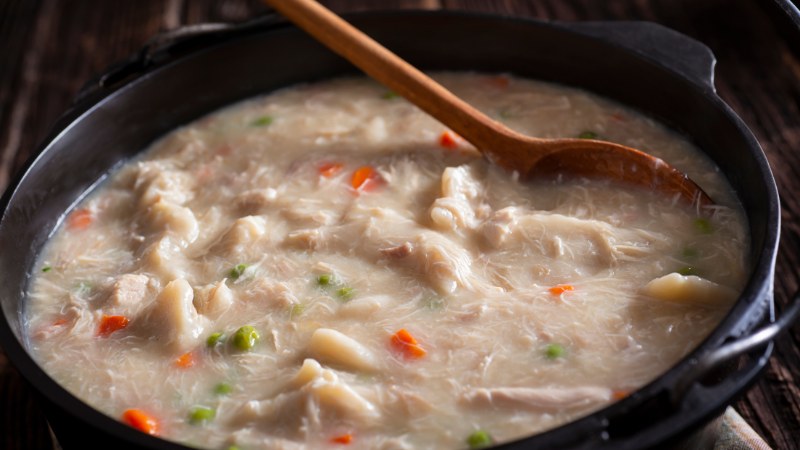 Disadvantages of Cooking Porridge in a Rice Cooker
Disadvantages of Cooking Porridge in a Rice Cooker
For further reference: Delicious and Non-Overflowing Porridge
2 Cooking Porridge in a Pressure Cooker
is a method favored by many for its convenience and speed.
Advantages of Cooking Porridge in a Pressure Cooker
-
Quick Cooking: Thanks to the high pressure, a pressure cooker cooks porridge faster than other methods, saving time and energy.
-
Soft and Nutritious Porridge: Cooking porridge in a sealed environment preserves the flavor and nutrients of the ingredients.
-
Versatile: A pressure cooker can be used to cook various types of porridge, such as chicken, pork rib, fish, and cereal porridge.
-
Safe to Use: Pressure cookers are designed with safety features, protecting users from burns.
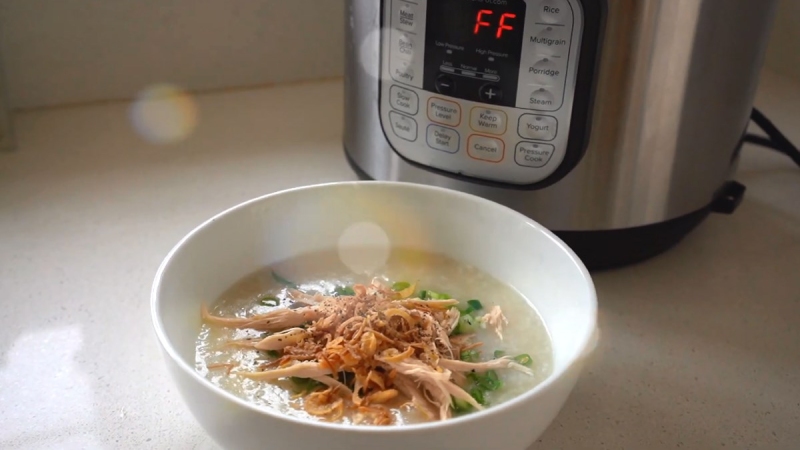 Advantages of Cooking Porridge in a Pressure Cooker
Advantages of Cooking Porridge in a Pressure Cooker
Disadvantages of Cooking Porridge in a Pressure Cooker
-
Higher Price: Pressure cookers tend to be more expensive than rice cookers.
-
Difficult to Adjust Water Quantity: Adding too much or too little water can result in mushy or dry porridge.
-
Requires Time to Release Pressure: After cooking, you must wait for the pressure to release before opening the lid.
-
Potential Danger if Used Incorrectly: Pressure cookers can be dangerous if not used properly, so it’s important to read the instructions carefully before use.
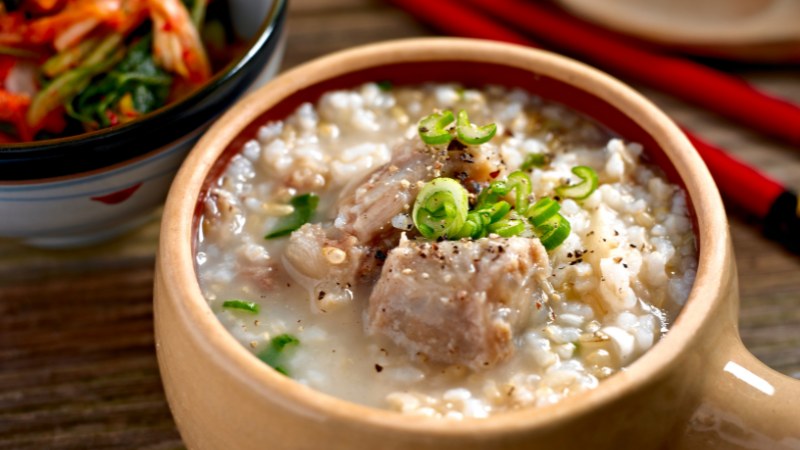 Disadvantages of Cooking Porridge in a Pressure Cooker
Disadvantages of Cooking Porridge in a Pressure Cooker
For further reference: Tips for Delicious Porridge
3 Cooking Porridge in a Slow Cooker
is a method loved by many for its convenience and ability to retain the flavor and nutrition of the dish.
Advantages of Cooking Porridge in a Slow Cooker
-
Soft and Delicious Porridge: Slow cooking allows the rice grains to cook evenly, resulting in soft and flavorful porridge.
-
Preserves Nutrition: Cooking at a low temperature helps retain vitamins and minerals in the food.
-
Convenient and Easy to Use: Slow cookers have a timer function, allowing you to cook porridge overnight without worry.
-
Safe to Use: Slow cookers emit less heat, reducing the risk of burns.
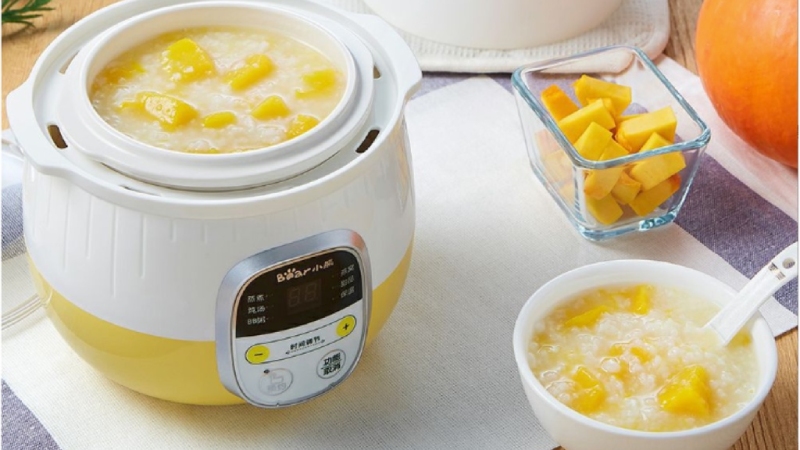 Advantages of Cooking Porridge in a Slow Cooker
Advantages of Cooking Porridge in a Slow Cooker
Disadvantages of Cooking Porridge in a Slow Cooker
-
Longer Cooking Time: Slow cooking porridge usually takes longer than other methods.
-
Higher Price: Slow cookers tend to be more expensive than rice cookers.
-
Bulky and Space-Consuming: Slow cookers are typically large and take up significant space in the kitchen.
-
Limited Functions: Slow cookers usually only have cooking and keep-warm functions, lacking versatility.
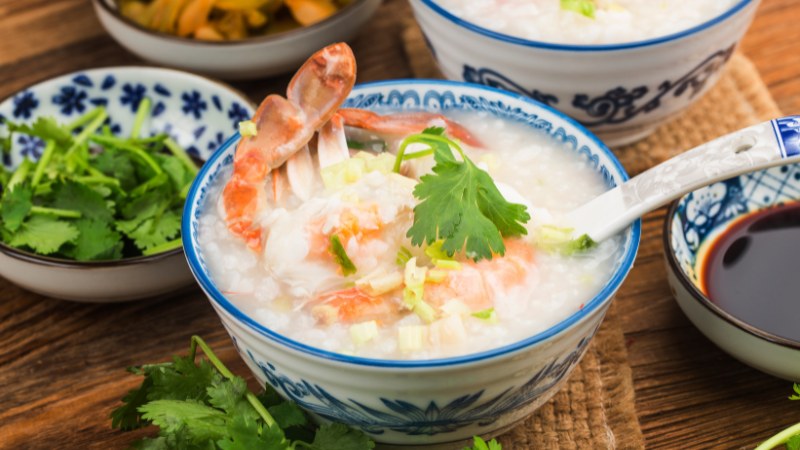 Disadvantages of Cooking Porridge in a Slow Cooker
Disadvantages of Cooking Porridge in a Slow Cooker
For further reference: Guide to Delicious Porridge
In summary, choosing the right porridge cooker depends on your needs, preferences, and circumstances.
-
Rice Cooker: Suitable for those who are busy and need a quick and convenient way to cook porridge. However, rice cookers have limited capacity and functions.
-
Pressure Cooker: Ideal for those who want to cook porridge quickly while preserving nutrients and being able to prepare various types of porridge. However, pressure cookers are more expensive and require time to release pressure.
-
Slow Cooker: Perfect for those who want to cook soft and delicious porridge while retaining flavor and nutrition. However, slow cookers are pricey, bulky, and time-consuming.
Cooking porridge may seem simple, but there are secrets to making it tasty and nutritious. Choosing the right cookware plays a crucial role in determining the quality of the porridge. We hope this article has provided you with valuable insights to help you select the perfect porridge cooker for your family’s delicious and nutritious meals.
Cook the Perfect Carrot Soup for Babies That Moms Will Love – Ready in No Time!
The recently released GREEN Electric Machine pressure cooker will help mothers cook carrot soup and provide their children with the nutrients they need to keep their eyes healthy. The pressure cooker will make it easier to whip up this nutritious snack that can provide kids with vitamin A supplements for improved vision.
The GREEN Electric Machine pressure cooker has just been unveiled, providing mothers with a convenient way to prepare carrot soup for their children. This healthful snack can give kids the vitamin A supplements they need to prevent eye diseases, promote healthy eyesight, and enjoy a delicious meal.

























